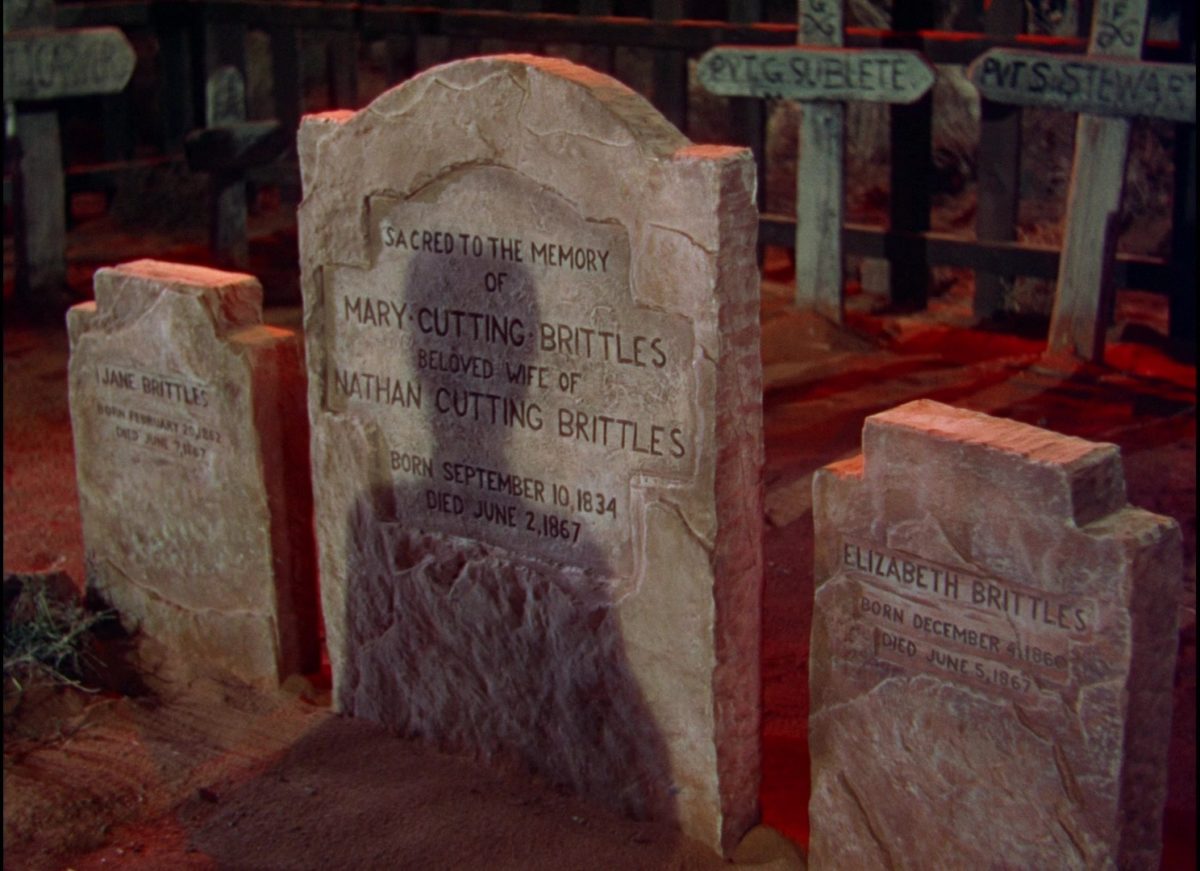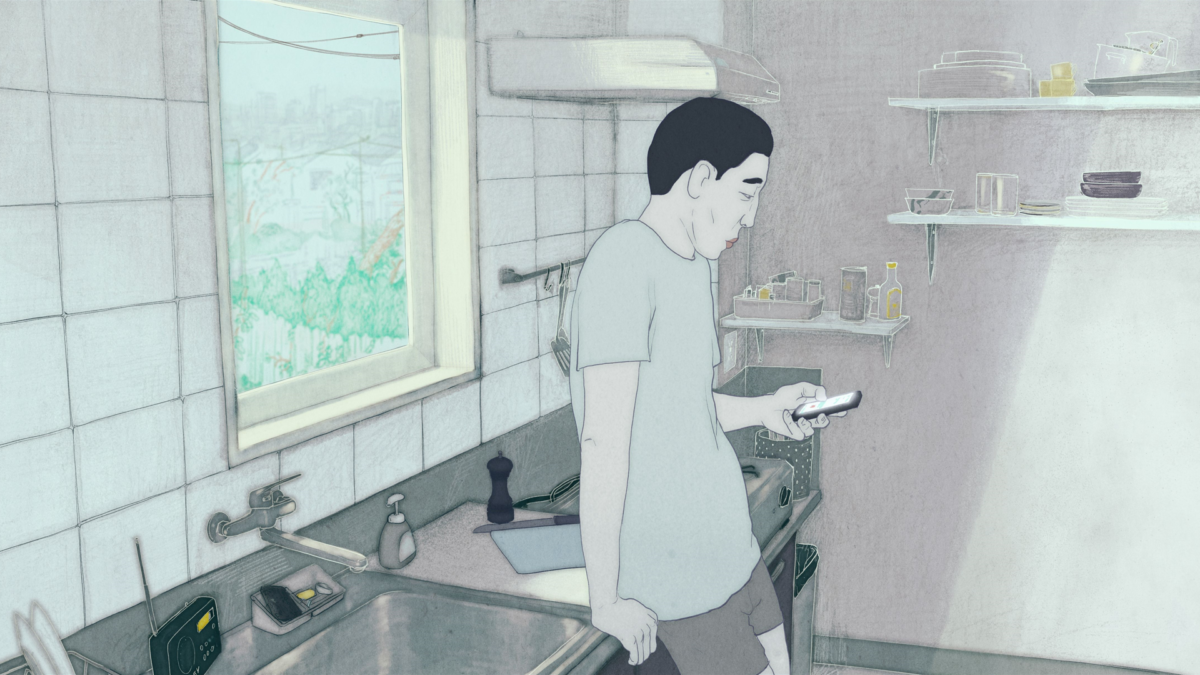A middle-aged banker returns home after another arduous day at work and is greeted by a courteous man-sized frog who offers him a cup of tea. This might seem like the premise for an amusing scene, but it quickly becomes clear that the film isn’t interested in developing either the characters or the situation, instead it conveniently conveys information that could be of importance later. The banker is only one of Blind Willow, Sleeping Woman’s three main characters, the others being a recently separated husband and wife. The three of them are joined in this stylized animated adaptation of Haruki Murakami which brings together six of the author’s short stories. While the characters are kept separated all the way to the end, what unites them is the film’s tendency to place all three in an array of one-note, expository scenes. This isn’t helped by the awkward tone and pause-riddled line deliveries of the main characters, especially the two men.
What might appear as an issue of voice acting is in fact one of direction (of actors), and it points to other problems, many of which stem from a lack of directorial confidence that leads the film to take the most obvious and tiresome approach in any given situation. Instead of showing the indecisiveness, confusion, or awkwardness of its characters in action, it does so through placing long pauses before every line of dialogue. The lack of confidence creates a ripple effect which results in a poverty of directorial imagination (in a film filled with so much whimsy and imagination, nonetheless!), manifesting itself at different points in the form of pacing, rhythm, character development and shot selection.
Blind Willow, Sleeping Woman is Pierre Földes’s debut feature as a director, but not as a composer, where his long resume goes all the way back to 1990. While the lack of directorial experience could explain certain issues in that department, one at least expects a better sense of rhythm from a long-time composer. Let’s take the scene in which the woman, Shimao, is recalling a story about her 20th birthday, where the cuts to different angles and shot sizes seem distinctly arbitrary. Like the aforementioned problems with directing actors and character development, and indeed in tandem with them, this also negatively affects the rhythm. And if the omnipresence of Földes’s score was aimed at masking the issues of rhythm, it has not been successful. It appears as if Földes has a rough idea, from memory, of how conversation scenes are usually covered in other films, of cutting to different angles and shots, but without precisely knowing to what end.
It is illuminating then, that throughout Blind Willow characters often talk about film, just about everything from John Ford to Close Encounters of the Third Kind. The references probably come from the Murakami source, but Földes deems them relevant enough that he chooses to keep and even highlight them with momentary superimposed illustrations. At some point in the film, a character recalls the following line from Ford’s Fort Apache (1948): “If you saw the Indians, they were probably never there.” The line vaguely touches on a few significant themes in Blind Willow: loss, regret, emptiness, imagination/reality, etc. By chance, it also puts the film in conversation with another work by Ford that deals more directly with some of the same themes: She Wore a Yellow Ribbon (1949); a film that conjures the idea of regret merely by the image of a man looking, and the sense of loss by the slow appearance of a shadow on a gravestone. Staying with the business of conjuring the dead for just a bit longer, the following sentence from Serge Daney’s text about Yellow Ribbon seems like an appropriate response, not only to the quote from Fort Apache, but also regarding the issues of confidence and rhythm: “It isn’t the action which determines duration, it’s the perception of an ideal spectator, of a scout who would see from afar all that there is to see (but nothing more).”
As to what there is to see (and nothing more) in Blind Willow, a character remarks toward the end of the film: “In some cases, it’s better to not have anything inside.” The context of the line involves a mysterious box the husband is asked to transport, the content of which is unknown to him. It becomes clear that the box is a less-than-subtle metaphor for the emptiness of the character himself. But could it also be a metaphor for the film? “Never confuse emptiness for style” someone once told me. And we can further expand this sentiment: don’t confuse an empty film with a film about emptiness.

